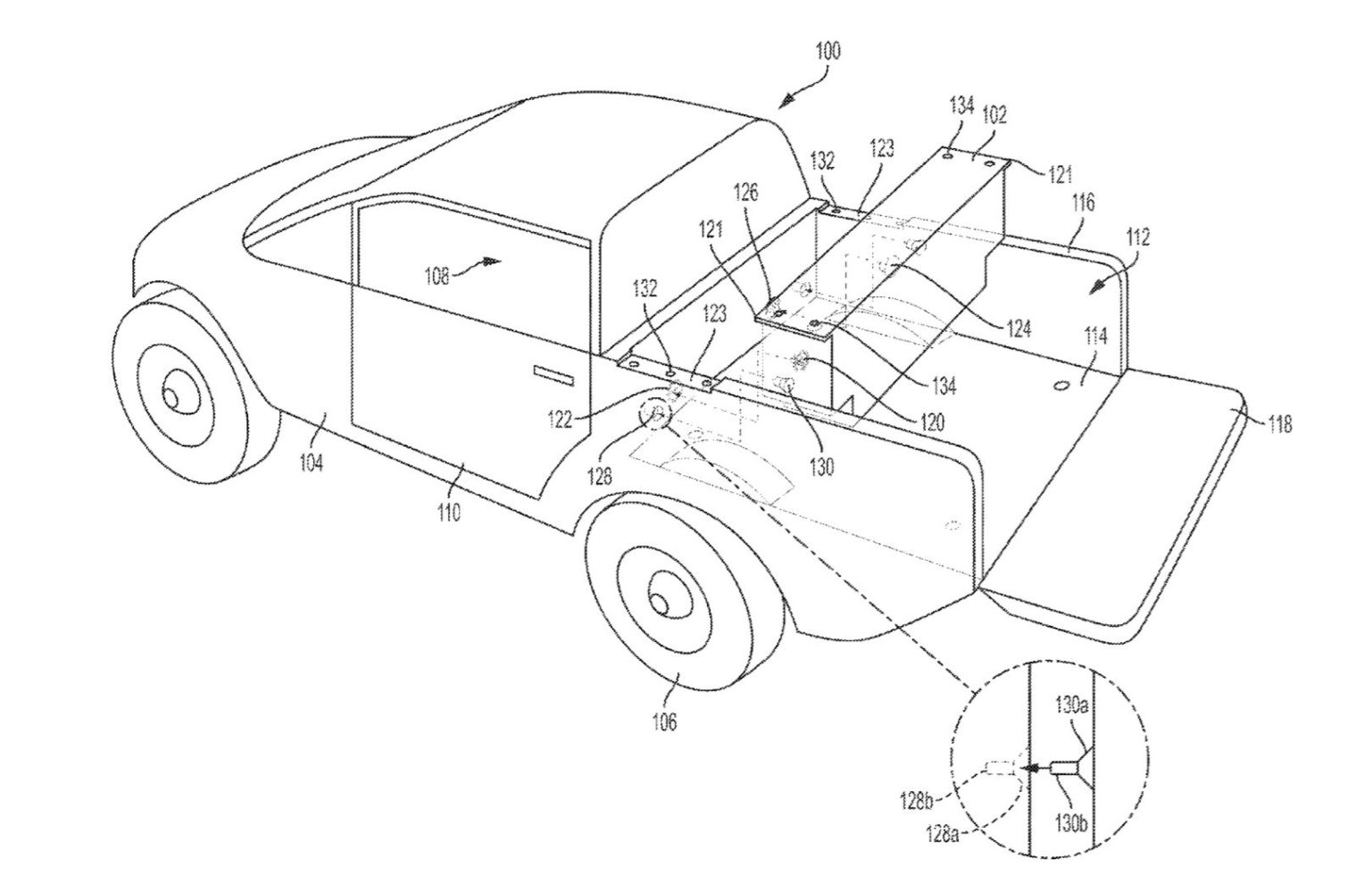
Tesla delivered the first Cybertrucks yesterday, and with that delivery event came the revelation that in order to get the range it promised, the Cybertruck needs a separate battery pack in the bed. But a similar battery pack system was already patented years ago by one of Tesla’s competitors in the electric pick-up space.
Tesla’s Cybertruck website included a revelation about a feature that wasn’t mentioned in its presentation: a “range extender,” in the form of an additional battery pack in the truck bed, which expands the truck’s range.
It’s an interesting solution, and we don’t know all the details of it yet. We don’t know the cost, the weight, how it will be installed and uninstalled, or whether it even can be uninstalled.
The battery pack is intended to be used “for very long trips or towing heavy things up mountains,” according to Tesla CEO Elon Musk. It takes up about a third of the truck bed, as can be seen in a photo posted on Tesla’s Cybertruck site.
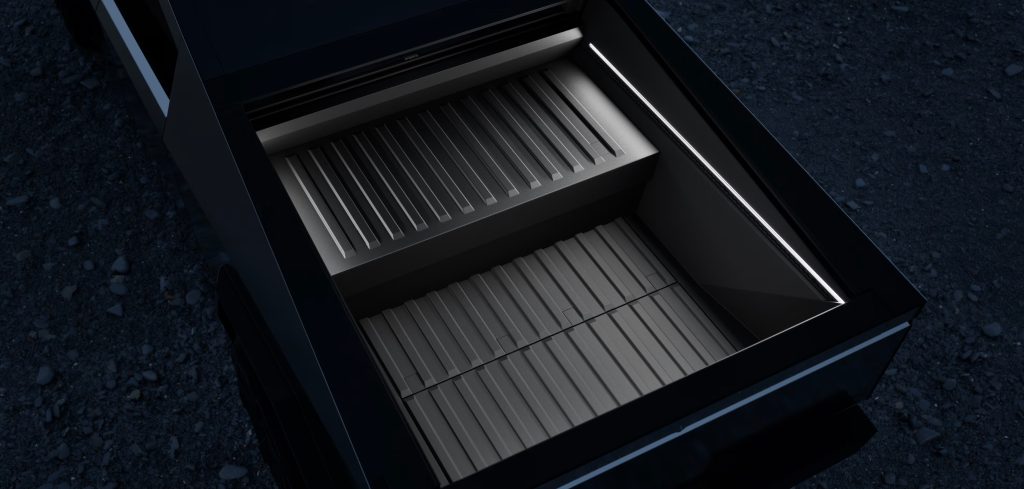
So, there’s still room for cargo, just not the full six feet of bed length that Tesla says the Cybertruck has.
But the fact that it was described as being used only “for very long trips or towing heavy things up mountains” suggests that it will be removable since most people don’t do that sort of thing every single day.
Making it removable is actually a good solution because it can lower prices, make packaging easier, and improve efficiency for vehicles that simply don’t need a ridiculously enormous 470-mile battery – and most drivers don’t need that.
And if it is removable, well, there’s already a patent on that.
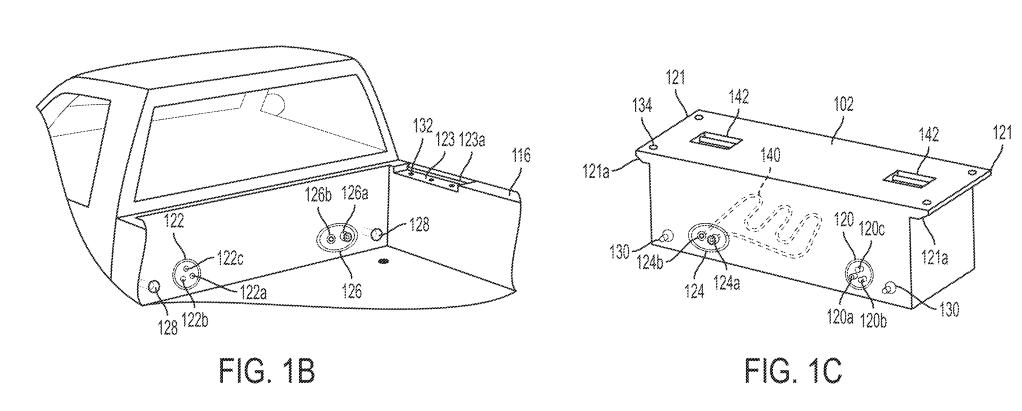
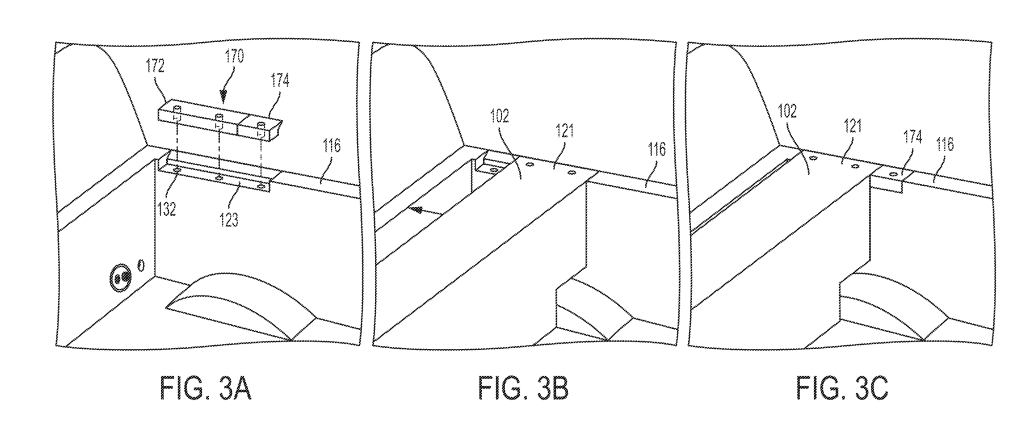
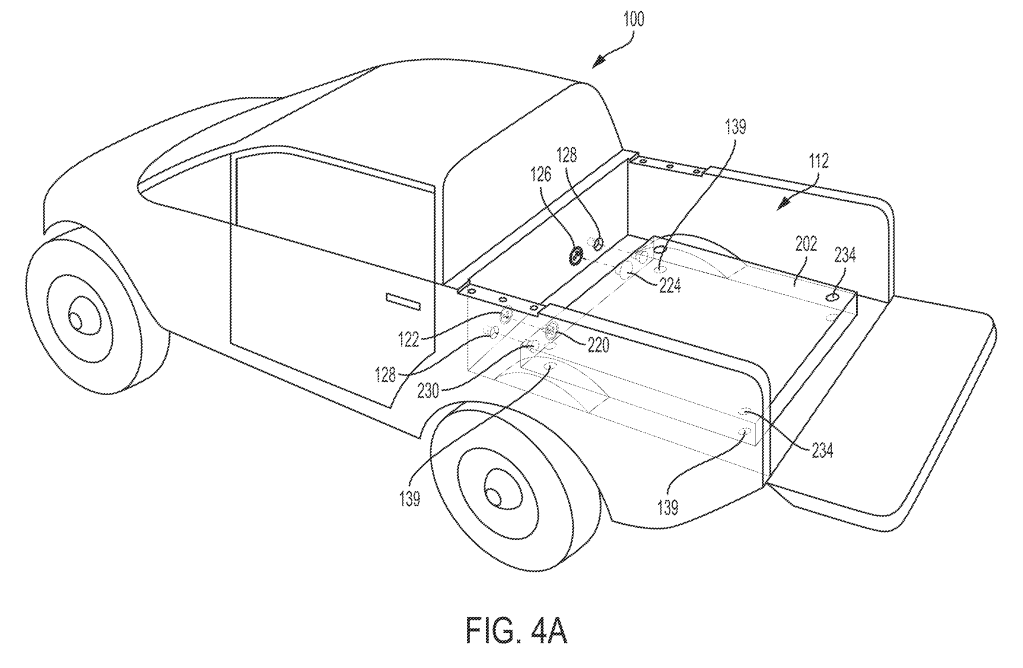
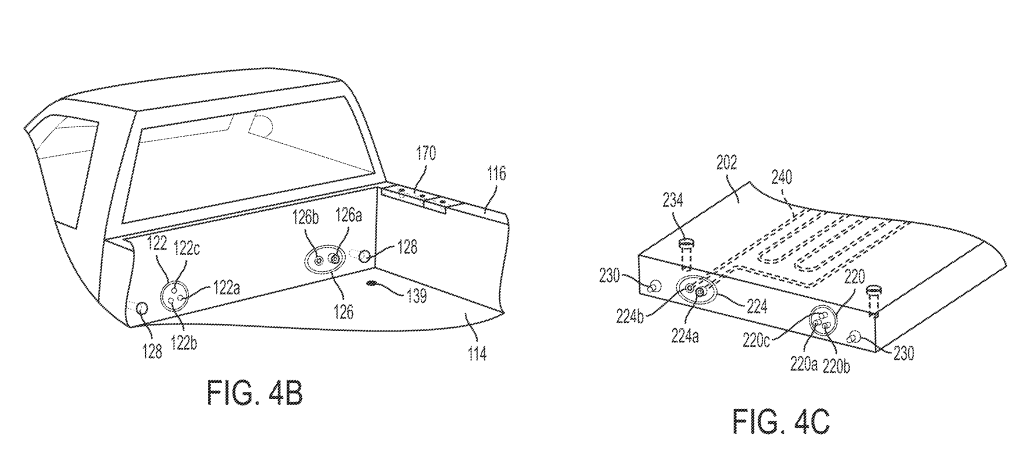
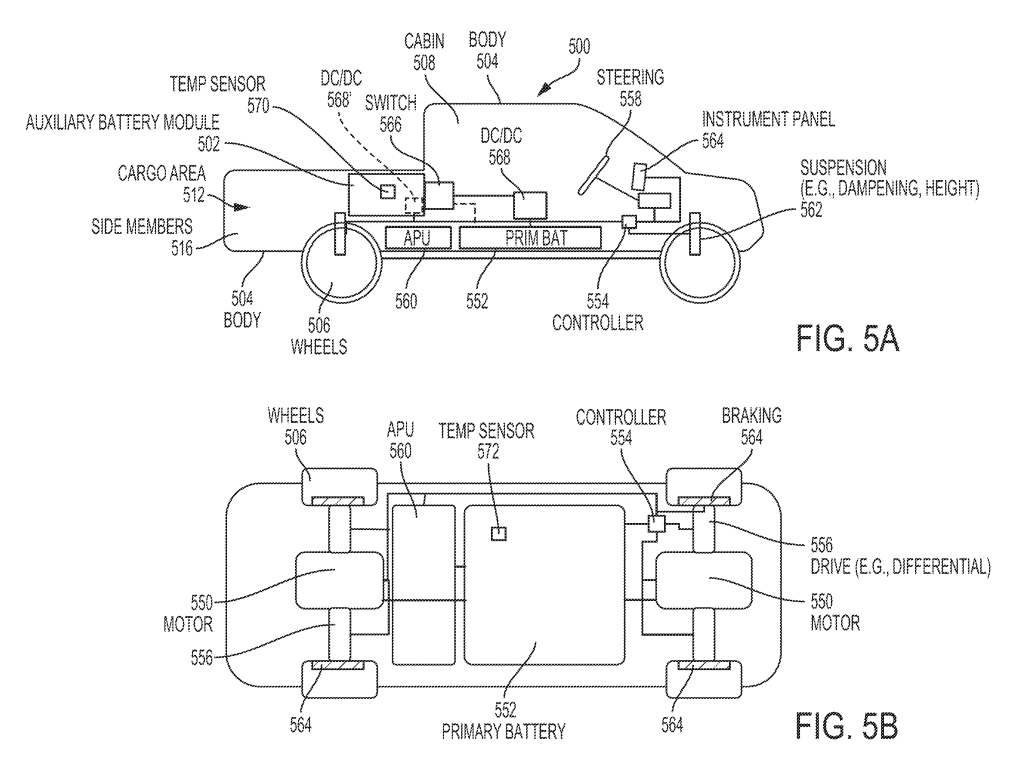
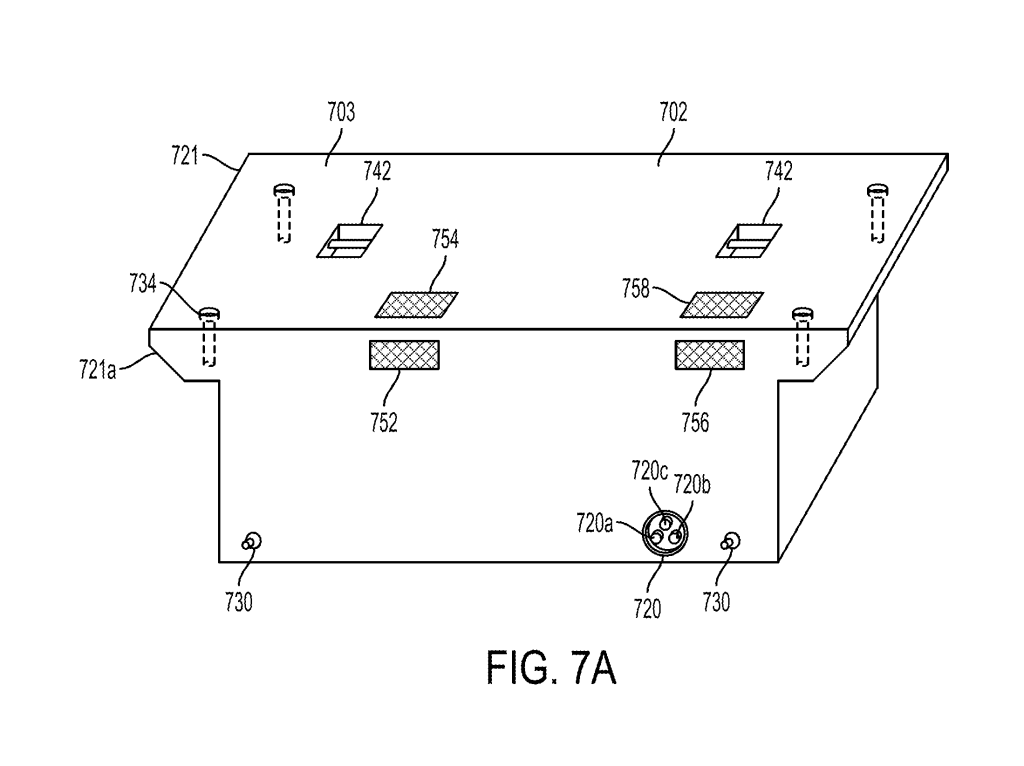
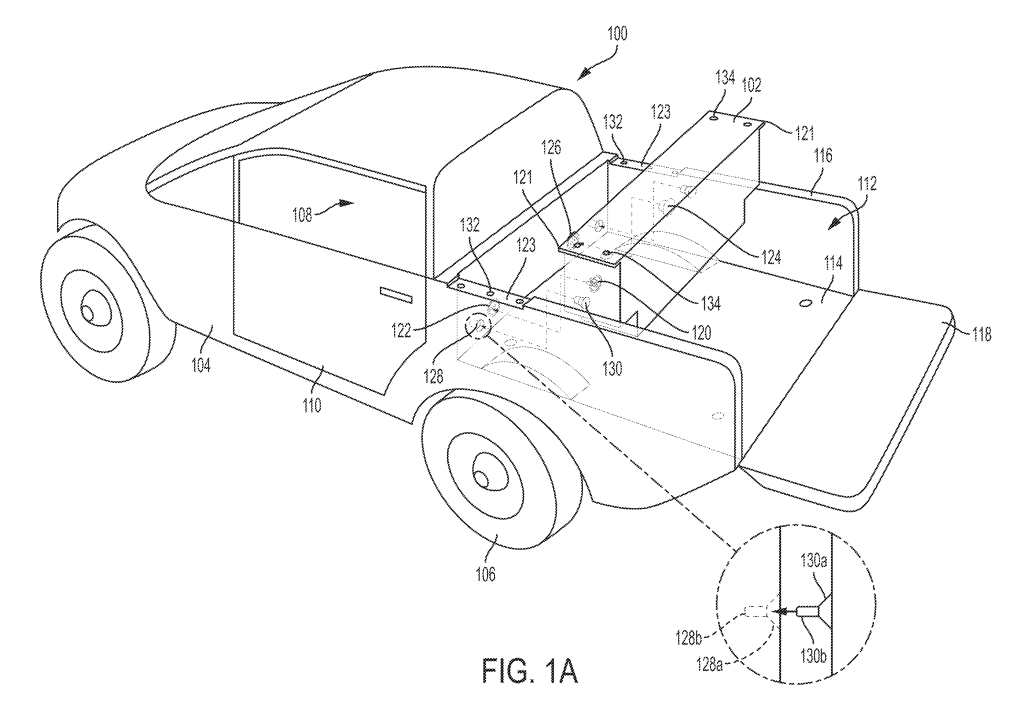
In 2019, electric truck maker Rivian filed a patent for a “removable auxiliary battery” that would fit into the front third or so of the truck bed. This patent was granted in 2020, so Rivian currently has a patent on this technology.
Top comment by ward00
A patent is only as good as its Claims. I suspect they got the patent because of the internal cooling feature, but that alone would not be good enough. In this case the claims can be designed around very easily because of how they are worded.
The patent is described as:
An electric vehicle system for transporting human passengers or cargo includes an electric vehicle that includes a body, a plurality of wheels, a cargo area, an electric motor for propelling the electric vehicle, and a primary battery for providing electrical power to the electric motor for propelling the electric vehicle. An auxiliary battery module is attachable to the electric vehicle for providing electrical power to the electric motor via a first electrical connector at the auxiliary battery module and a second electrical connector at the electric vehicle that mates with the first electrical connector. The auxiliary battery module can be positioned in the cargo area while supplying power to the electric motor, and can be removable and reattachable from the electric vehicle. The auxiliary battery module includes an integrated cooling system for cooling itself during operation of the electric vehicle including a conduit therein for circulating coolant.
We aren’t patent lawyers here, but this sounds awfully similar to Tesla’s “range extender.” The obvious potential differences we can find are if the range extender doesn’t have integrated cooling, which is unlikely, or if the range extender isn’t removable, which doesn’t seem to jive with the statement that it is only for long trips or with the marketing showing it as an optional add-on (if that were the case, why not just offer different battery sizes?).
Tesla itself has many patents (and is still pursuing more of them) but has pledged not to “initiate patent lawsuits against anyone who, in good faith, wants to use its technology.” It announced this in a 2014 blog post and followed up by saying that it thinks several companies are using its patents.
So next, the question is: is Tesla’s solution different enough to avoid Rivian’s patent protection? Has Tesla licensed the idea from Rivian, and we just haven’t heard about it yet? Or will Rivian return Tesla’s “good faith” and not initiate a patent lawsuit against Tesla if it does feel like it has a good enough case to say that Tesla’s range extender infringes on its patent?
FTC: We use income earning auto affiliate links. More.


Comments